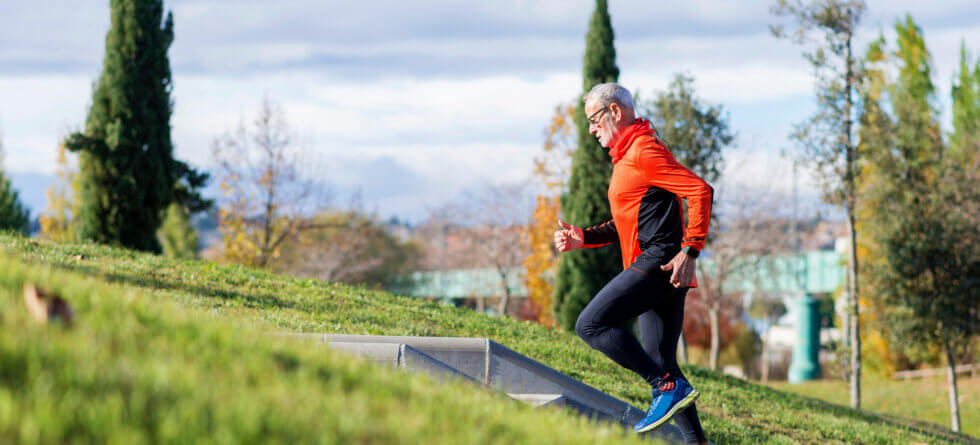In the golden years of life, staying physically active is crucial for maintaining health and wellness. Adaptive sports are emerging as a vibrant solution for seniors seeking to remain active while accommodating physical limitations. This article delves into the world of adaptive sports, highlighting their benefits, offering examples, and providing useful tips on how seniors can engage in these activities safely and enjoyably.
What are Adaptive Sports?
Adaptive sports are activities modified or designed to enable individuals who have physical impairments to participate in physical exercise and sports. These sports adjust equipment, rules, and playing environments to meet the specific needs of participants, ensuring safety and enhancing enjoyment.
Importance of Physical Activity for Seniors
Regular physical activity is beneficial at any age but becomes particularly significant for seniors. It improves cardiovascular health, increases strength and flexibility, helps maintain independence, and improves the quality of life. Additionally, physical exercise contributes to better mental health, helping to combat anxiety and depression, while also fostering social interaction.
Despite these benefits, traditional sports can often be challenging for seniors, especially those with mobility issues, chronic health conditions, or other physical limitations. Adaptive sports fill this gap, enabling seniors to participate in recreational activities without overstressing their bodies.
Popular Adaptive Sports for Seniors
Here are a few adaptive sports that are well-suited to seniors:
- Bocce Ball – Bocce is a lawn game perfect for seniors. It involves throwing a small ball, followed by bigger, heavier balls, and trying to get them close to the smaller one. It’s a game of strategy and accuracy rather than physical strength, making it ideal for seniors.
- Bowling – Adaptive bowling includes ramps and lighter balls to make the sport accessible. This allows individuals with limited strength or mobility to enjoy bowling with minimal strain.
- Golf – Adaptive golf includes modified carts and equipment to accommodate players who cannot traditionally swing a golf club. This allows seniors to enjoy the sport while walking less and reducing the physical effort needed.
- Swimming – Swimming is naturally joint-friendly and can be easily adapted. Pools equipped with ramps or lifts allow seniors with mobility impairments to enter the water safely, and different stroke techniques can be taught, focusing on personal comfort and safety.
- Table Tennis – Often considered a high-speed game, table tennis can also be played at a more moderate pace. With slight modifications to paddles or tables, seniors can enjoy the reflex-building benefits of table tennis, tailored to their speed.
- Cycling – Adaptive cycling includes bicycles designed for various needs, such as tricycles for those who need more stability or hand cycles for individuals who use their arms to pedal. This promotes cardiovascular health while being gentle on joints.
Benefits of Adaptive Sports for Seniors
Engaging in adaptive sports offers several benefits for seniors:
- Improved Physical Health: – Regular participation in adaptive sports can boost cardiovascular fitness, enhance strength, improve balance, and reduce the risk of chronic diseases.
- Enhanced Mental Health: – Sports help reduce stress, combat depression, and boost self-esteem.
- Social Engagement: – Joining sports clubs or teams helps seniors meet new people, fostering friendships and combating social isolation.
- Increased Mobility and Independence: – Regular activity promotes mobility, which can extend a senior’s ability to perform daily activities independently.
- Fun and Recreation: – Adaptive sports provide a fun way to stay active, offering enjoyment and satisfaction in mastering new skills.
Getting Started with Adaptive Sports
For seniors interested in adaptive sports, here are some tips to get started:
- Consult Healthcare Providers – Before beginning any new physical activity, it’s essential to consult with a healthcare provider. They can offer advice on what types of sports would be most beneficial and what to avoid based on individual health conditions.
- Find Local Programs – Many community centers, senior centers, and sports clubs offer adaptive sports programs. These programs provide not only access to the necessary equipment and facilities but also professional guidance to ensure safety and enjoyment.
- Start Slowly – It’s important to start slowly and gradually increase the duration and intensity of the activity. This approach helps prevent injuries and makes the exercise routine more enjoyable.
- Use Proper Equipment – Utilizing the correct adaptive equipment is crucial for enhancing performance and preventing injuries. Investing in high-quality, specially designed sports gear can significantly improve the experience.
- Stay Consistent – Consistency is key to deriving health benefits from any physical activity. Setting a regular schedule for participating in adaptive sports can help build a routine and integrate physical activity into one’s daily life.
Conclusion
Adaptive sports open a world of possibilities for seniors, allowing them to stay active, maintain health, and enjoy social interaction despite physical limitations. Whether it’s playing a modified game of tennis or swimming with the aid of supportive equipment, these activities provide valuable opportunities for seniors to improve their quality of life. By exploring different adaptive sports and finding the right fit, seniors can continue to lead vibrant, active lives well into their later years.




